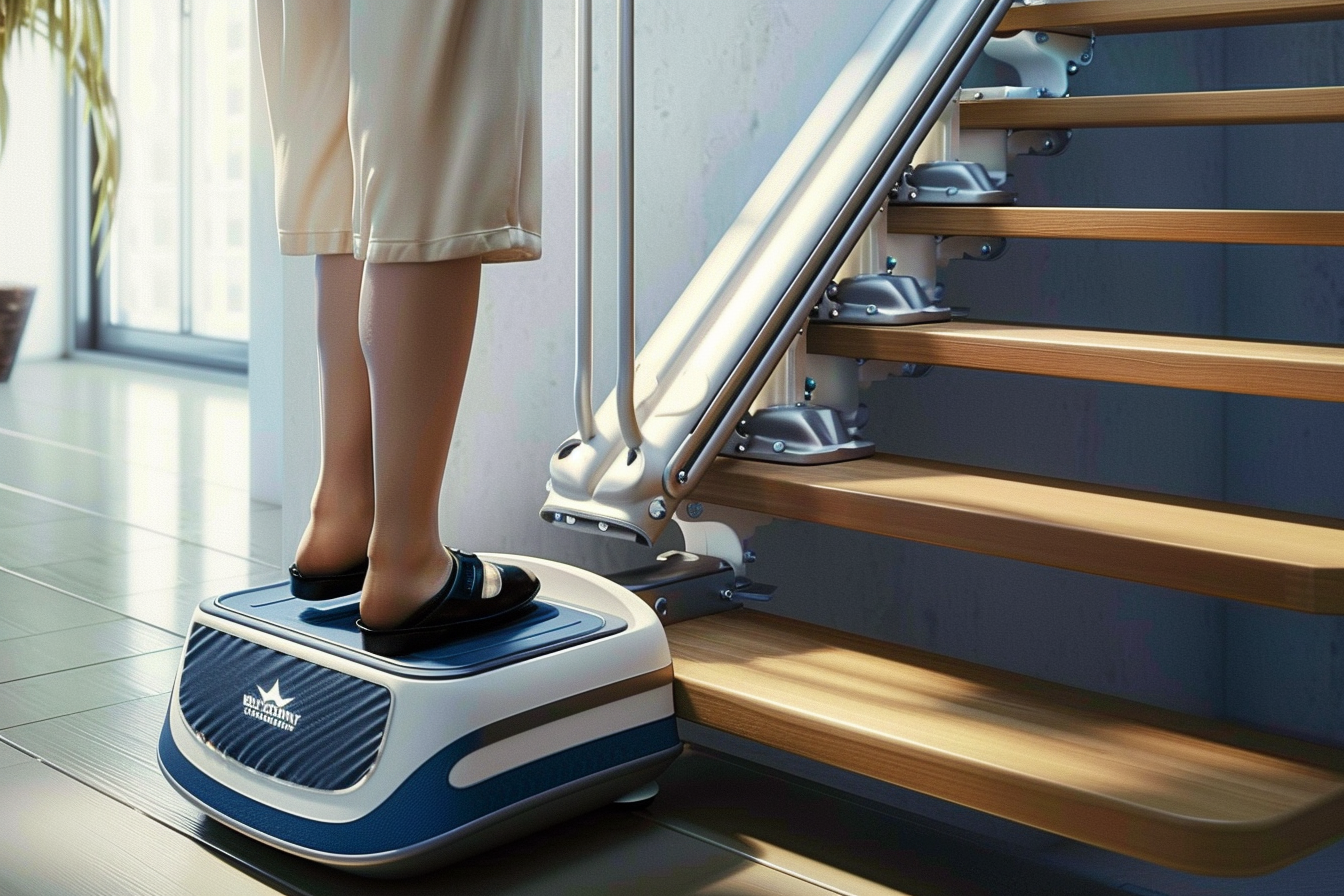Prefab Bungalows: The Future of Accessible Senior Housing
Prefabricated homes, also known as prefab homes, are revolutionizing the housing industry, especially when it comes to senior and accessible housing solutions. These innovative structures are manufactured off-site in controlled factory environments and then transported to their final location for assembly. This process offers numerous benefits, including faster construction times, reduced costs, and improved quality control. For seniors and individuals with mobility challenges, prefab bungalows present an attractive option that combines comfort, accessibility, and affordability.

How do prefab homes contribute to accessible housing solutions?
Accessible housing is a growing concern as the population ages and more individuals seek accommodations that can adapt to their changing needs. Prefab homes excel in this area by offering customizable designs that can easily incorporate accessibility features from the outset. These may include roll-in showers, lowered countertops, and open floor plans that accommodate wheelchairs or walkers. The modular nature of prefab construction also allows for future modifications, ensuring that the home can evolve with its residents’ needs over time.
What makes modular homes ideal for elderly residents?
Modular homes, a type of prefabricated housing, are particularly suited for elderly residents due to their flexibility and efficiency. These homes are built in sections, or modules, which can be easily customized to include senior-friendly features. The controlled factory environment where modular homes are constructed ensures consistent quality and reduces the risk of weather-related delays or damage. This results in a more robust structure that requires less maintenance – a significant benefit for older homeowners who may find upkeep challenging.
How do prefab bungalows compare to traditional homes for seniors?
When comparing prefab bungalows to traditional homes for seniors, several factors come into play. Prefab bungalows often have a shorter construction timeline, which can be crucial for seniors looking to transition quickly. They also tend to be more energy-efficient, leading to lower utility costs – an important consideration for those on fixed incomes. While traditional homes may offer more customization options, prefab bungalows are catching up rapidly, with many manufacturers offering a wide range of design choices and accessibility features tailored to senior living.
What are the cost considerations for prefab senior housing?
Cost is a significant factor when considering housing options for seniors. Prefab homes generally offer a more affordable alternative to traditional construction, with potential savings on labor and materials. However, the final cost can vary depending on factors such as size, customization, and location.
| Housing Type | Average Cost Range | Key Features |
|---|---|---|
| Prefab Bungalow | $100,000 - $250,000 | Accessibility features, energy efficiency, quick construction |
| Traditional Single-Story Home | $150,000 - $400,000 | Customization options, familiar construction methods |
| Modular Senior Home | $120,000 - $270,000 | Flexibility in design, quality control, potential for future modifications |
Prices, rates, or cost estimates mentioned in this article are based on the latest available information but may change over time. Independent research is advised before making financial decisions.
How can seniors get started with exploring prefab housing options?
For seniors interested in exploring prefab housing options, the first step is to research reputable manufacturers specializing in accessible and senior-friendly designs. Many companies offer virtual tours or model homes that can be visited to get a feel for the living space. It’s also advisable to consult with a financial advisor to understand the costs involved and explore potential financing options. Additionally, seniors should consider their long-term needs and discuss with family members or caregivers to ensure the chosen prefab home can accommodate future requirements.
Prefab bungalows represent a promising solution for senior and accessible housing needs. By combining the benefits of modern construction techniques with thoughtful design for aging in place, these homes offer a practical and comfortable living option for the elderly. As the demand for senior-friendly housing continues to grow, prefab homes are likely to play an increasingly important role in meeting this need, providing a blend of accessibility, affordability, and quality that many seniors find appealing.






